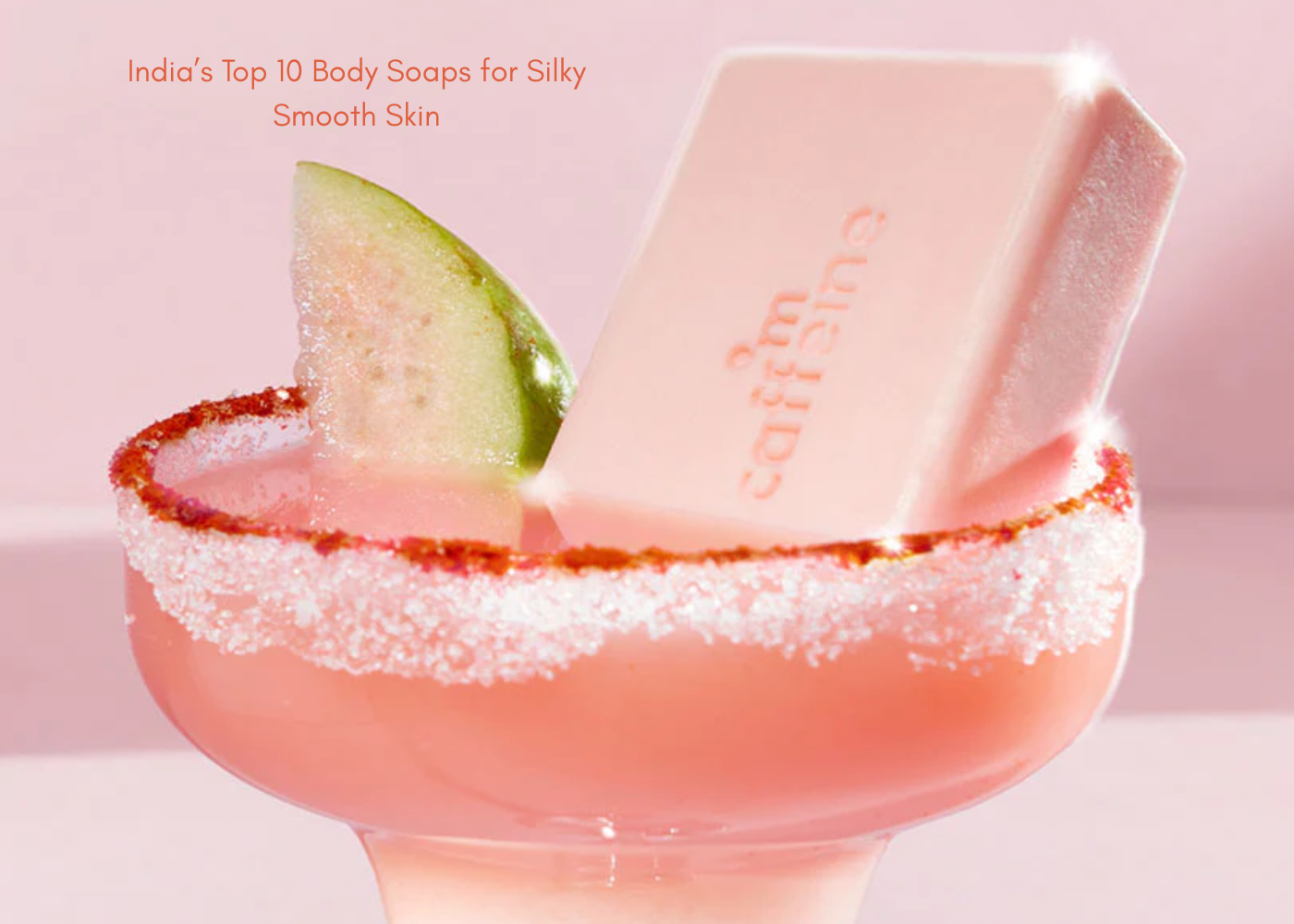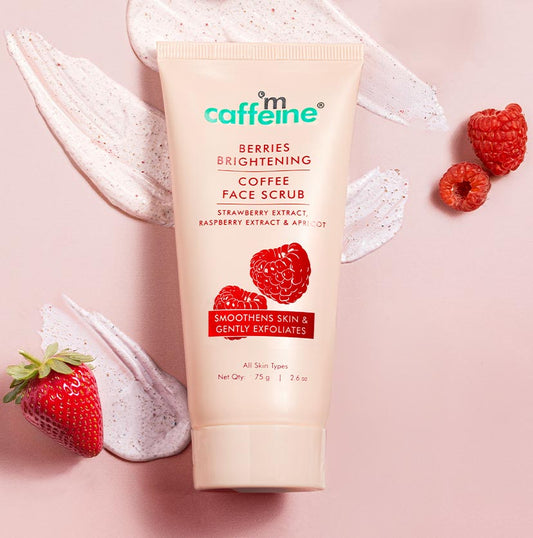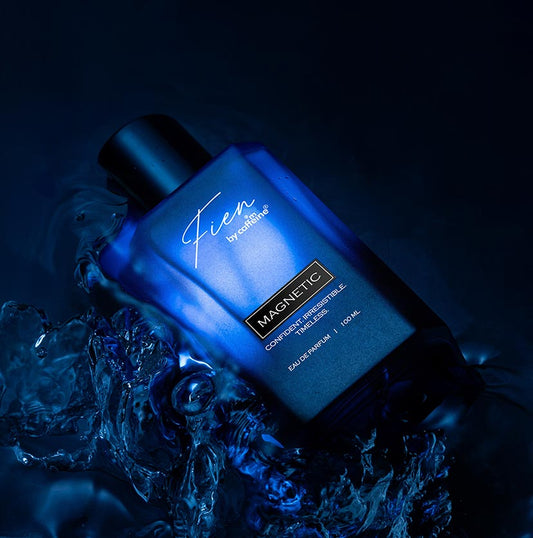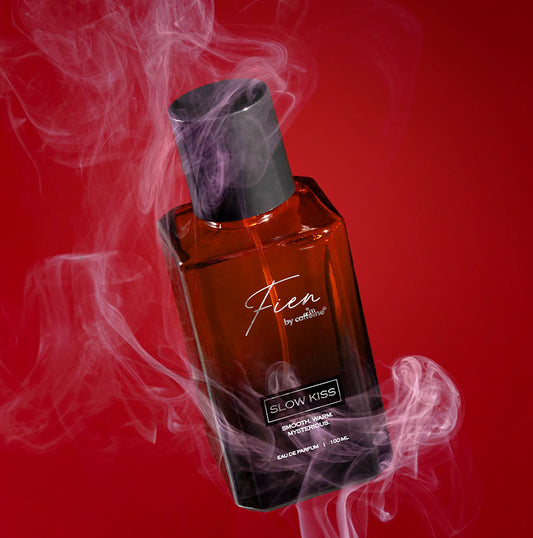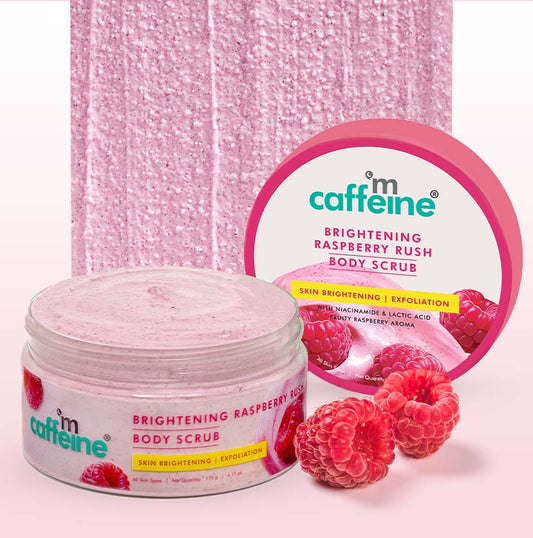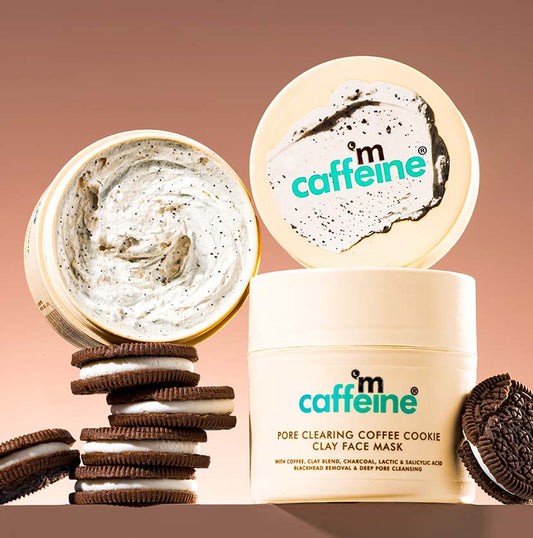Switch from lotions to body butter this monsoon
20 Nov 2021
The change in seasons calls for a change in skincare too. You might’ve noticed your skin getting oilier during the summer or dryer during winters and monsoon. Different seasons affect our body in different ways. Even though the monsoon brings respite from the scorching months of June and July, it’s not the fav season for people who suffer from monsoon skin dryness.
The dampness and humidity in the monsoon months can somehow make dry skin worse. If you notice your skin acting, or being extra dry, patchy or flaky, we have just the solution to help you out. Body butters will come to your rescue when it comes to dehydrated and dull skin. If you’ve never used one before, now’s a great time to start.
But what is body butter and how is it better than your everyday lotion? Read on to know!
Like the name suggests, body butters are moisturizing products that are thicker and creamier than body lotions and are made from a natural nut butter, like shea or cocoa. They’re amazing for restoring moisture to dry skin. What makes it better than your average cream, is that body butters contain many fatty acids which form a protective layer on the skin which help it from losing moisture and boost hydration. People with dry skin benefit the most from body butters as they provide rich nourishment and are quick to be absorbed by the body.
How to use a body butter
The best time to apply body butter is when you’re freshly out of the shower. Take a small dollop in your palms and massage your limbs with it. You don’t need a large amount of body butter to begin with, so start small! You can check out our favourite Rich Choco Body Butter, it’s enriched with cocoa butter, vit E, coffee and caramel, making it a treat for the skin as well as the senses!
DIY body butter recipe
If you don’t want to purchase an entire jar of body butter without ever trying the product - don’t worry we’ve got you covered! You can also make body butter at home following these simple steps and see how you like it.
Here’s what you’ll need - 1 cup shea/cocoa butter depending on which one you prefer, half a cup of coconut oil and almond oil, and optionally an essential oil for some extra fragrance.
Procedure:
- To make body butter at home you’ll have to set up a double boiler. The easiest way to do that is by placing a bowl on a pan with boiling water, and it’s ready.
- Once you have the boiler set up, melt the shea or cocoa butter and add the coconut oil. Stir till they mix well.
- Let the mixture cool down and add the almond oil. At this stage you can also add the essential oils if you wish to, and stir.
- After a few minutes the mixture will begin to solidify. Now you just need to use a blender and blend the mixture till it reaches a butter-like consistency.
- That’s all! Your homemade body butter is all ready to use! Transfer and store it in an airtight container and use it post your shower!
Body butter will keep your skin protected and rejuvenated all throughout the season. Coming next are a few simple tips to keep your skin healthy this monsoon
#1 Stay hydrated
This goes without saying! Irrespective of whether it’s summer or monsoon, drinking water and keeping your body hydrated is crucial for getting that glow on! Specifically for people who struggle with dry skin, sufficient water intake is important. Water keeps the skin plump and refreshed by removing toxins. Dehydrated skin tends to look flaky and cracked. Make sure to drink up in the monsoon, because the body loses extra water too, all thanks to the extra humidity. Wherever you go, carry a water bottle along to stay hydrated on the go.
#2 Switch to body butter
People are often under the misconception that moisturisation can be done without during the rainy seasons, but that’s absolutely untrue. Afraid of the stickiness that some lotions or creams might cause, people stop using them. We’re here to clear this misconception, and to let you know that applying moisturiser is always important to keep the skin supple. During monsoons, you can opt in for a product with quick absorption, and if you have oily skin, preferably something lightweight.
#3 Exfoliate
Before moisturisation comes exfoliation. Exfoliation ensures that the hydrating product is absorbed better, and goes to the deepest layers of the skin to provide complete care. Just remember to not over do it, because too much of anything is bad. Exfoliation can be done twice a week during the monsoon season. For people with dry skin, regular exfoliation helps remove dead skin cells, but go in with a mild exfoliator to begin with.
Monsoon is a fav for many reasons, but it has its own limitations too. While you make the most out of the rainy season, make sure you set up a well suited skincare routine to tend to your skin with some loving care too!


